© photo copyright Carrie Boyko 2008
Oliver Enjoys his Carrot Snack
We all know at least one family that feeds their dog from the table--anything and everything that is left on the plates. This practice, however, may not meet your dog's unique nutritional needs, and therefore could lead to health problems.In researching this topic, I found many different opinions. In some areas, both opinions seem to be on solid ground; you should get your veterinarian's opinion, when in doubt. For now, I'll share some of the commonly agreed upon, safe and nutritious foods that we can share with our pups--occasionally. That's the key word. Likewise, I'll toss in a few safety issues that you should know about.
It is generally agreed that low fat cuts of fully cooked meats can be shared in small nibbles--a bite or two--with your dog. Try to avoid fatty foods that may upset their digestive system, or add weight to their smaller frames. Just like with humans, being overweight can add risk to health, so consider this when sharing "snacks" with Fido.
Most vegetables, both cooked and raw, are safe for dogs. Important also is that these are low in fat and high in fiber. Most popular are broccoli, carrots, zucchini, cauliflower, peas, and beans. Onions and garlic can cause anemia, and are not recommended.
Not far from my home is a training facility for Canine Companions (assistant dogs for the disabled). Because it is local, many people in my area volunteer there, or act as puppy trainers by fostering a young trainee. I have heard from these volunteers that a frequent afternoon snack that gives the pups an energy boost, is a raw carrot. These are working dogs, of course, so they burn more calories than our typical house pets, as they spend countless hours training and practicing their skills.
I have begun using an occasional carrot snack with Oliver and Tanner, much to their delight. Xena, perhaps because she was not introduced to this food at a younger age, has not had an interest. The two younger ones, however, become quite eager when they see the juice-carrot bag come out of the the refrigerator.
I am careful to choose appropriate sizes for my two pups (one 9 pounds and the other 58 pounds), and I do peel and trim off the stem area, to prevent choking. This is a big favorite at my house, as an occasional snack, and particularly good on those days when we have a lot of physical activity planned. Then I know the extra sugar that carrots contain will be metabolized easily.
Fruits certainly have their varying safety issues, according to different authorities. Of most importance, you should know that grapes and raisins can be quite toxic to your dog, when eaten in large enough portions.
Apples and watermelon appear to be the most common healthy choices, but bananas are recommended, as well. Tanner and Oliver do enjoy apples, but I am careful to peel them to avoid a choking hazard.
Raw meats and bones, while seemingly a natural part of our dogs' ancestors' diets, can have bacteria, cysts and other unhealthy dangers. Unless you work with your vet and a conscientious, reputable butcher, raw meat diets are not often approved by veterinarians. There are exceptions, of course; I would advise you to be extremely careful to check out your source.
Rice and pasta, added to your pets food, can often add bulk when stools are loose, helping to bring things back to normal.
Lowfat cheeses are enjoyed by most dogs and can be given occasionally in VERY small amounts.
Chocolate is a big No No for all dogs. A chemical present in chocolate is quite toxic, when ingested in large enough quantities. Keep all chocolate out of reach of your dogs.
Even cooked bones often involve a choking or splintering hazard and should be avoided for your dog's safety, unless very large and well-cooked. Be sure to remove the bone when your dog begins to EAT the bone; it should be offered only as a "chew toy".
For more detailed information, check out this chart at Drs. Foster and Smith, which includes many more foods that may be found around your home. Also, this article at the American Kennel Club site is quite informational.
Sources: Dog Age, Drs. Foster and Smith
Follow All Things Dog at Twitter
Find me at Facebook















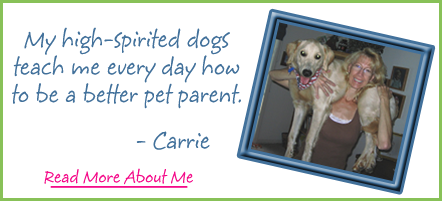
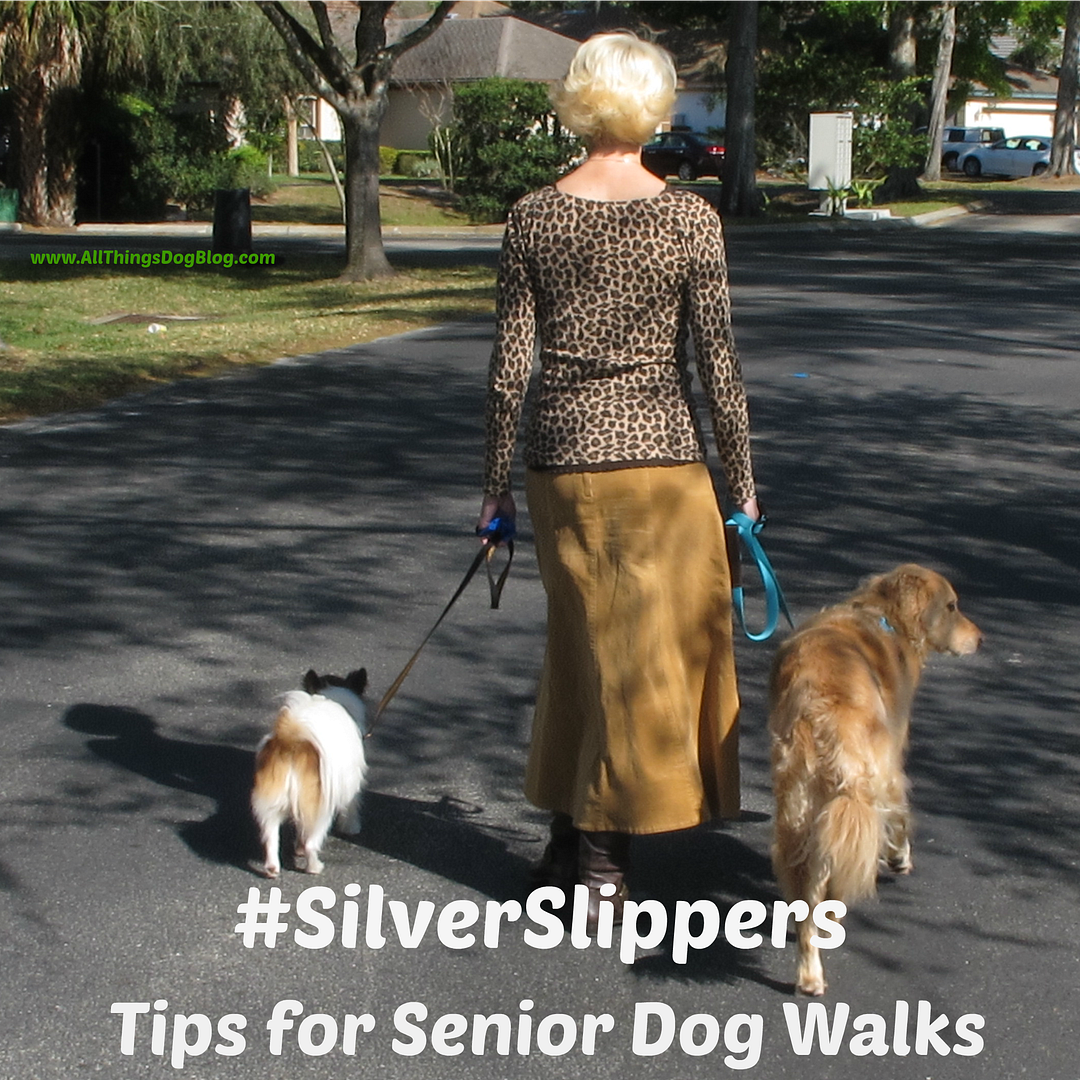






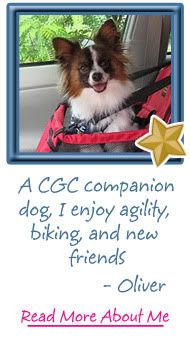





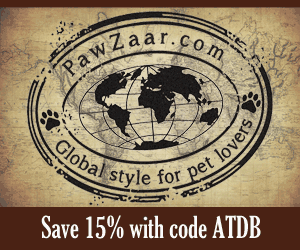



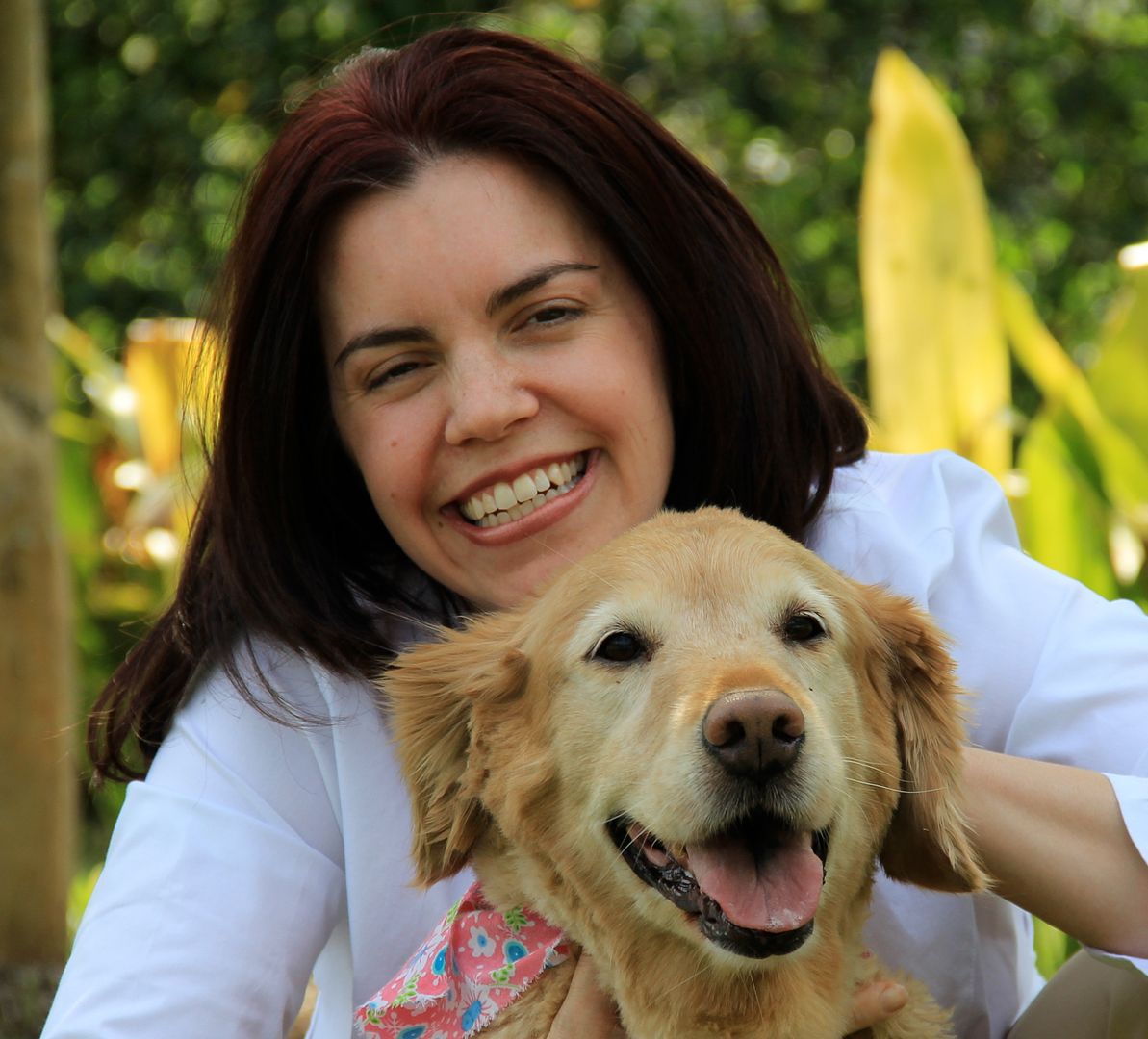



0 comments:
Post a Comment